Japanese rice is white, glossy, and has a sticky yet fluffy texture that offers a subtle sweetness with each bite. While there are numerous types of rice available worldwide, I highly recommend cooking Japanese rice when enjoying Japanese dishes.
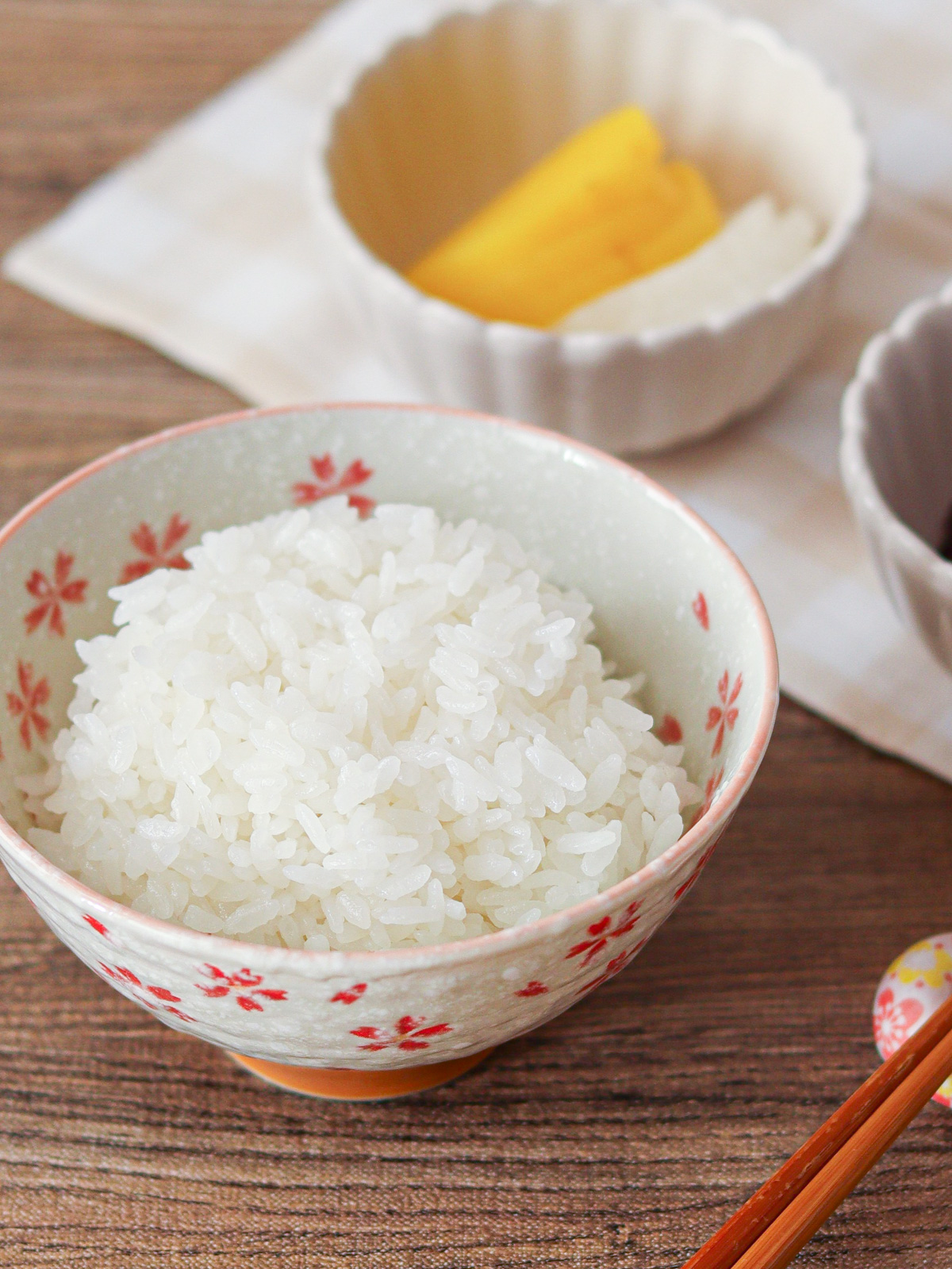
Jump to:
What is Japanese rice?
Japanese rice is classified as short-grain rice and is characterized by its sticky yet fluffy texture. Compared to other types of rice, it differs not only in texture but also in shape and taste, featuring a rounded, oval shape and a subtle sweetness.
Since Japanese cuisine often consists of 'rice and dishes that complement it,' rice plays an essential role in Japanese cuisine. Despite Japan heavily relying on imported food products, the self-sufficiency rate of rice is maintained at nearly 100%. This reflects the profound commitment and significant role that rice plays in Japan.
Types of rice
Rice is broadly classified into three types: long-grain, medium-grain, and short-grain. The short-grain rice consumed in Japan is further classified into approximately 300 varieties, including Koshihikari (コシヒカリ), Akitakomachi (あきたこまち), Sasanishiki (ササニシキ), and Kinuhikari (キヌヒカリ), each with different flavors and textures.
For an authentic experience of Japanese cuisine, I recommend trying these types of rice. If you have difficulty finding them, opt for short-grain or medium-grain rice that closely resembles Japanese rice in texture. When using other types of rice, such as for making onigiri (rice balls), the grains may not stick together as well.
It is also important to choose newly harvested or freshly milled rice. As time passes after milling, the distinct smell of rice gradually becomes stronger.
Procedure for cooking
Rice becomes edible through the process of cooking. The cooking method for Japanese rice mainly consists of the following steps:
Step 1: Rinse the rice
Place a sieve over a bowl and rinse the rice with water. Repeat this process several times, changing the water each time. This step removes impurities and bran from the rice. However, most commercially available milled rice today has almost no bran remaining, so a gentle rinse is usually sufficient.
Step 2: Soak the rice
Soak the rinsed rice in water for at least 30 minutes. This allows the water to penetrate to the core of the rice, resulting in a fluffy texture when cooked.
Step 3: Cook the rice
Cook the soaked rice slowly over low heat. It is important to cook the rice with the right amount of water and time, and to let it steam properly.
Rice cooking options
In Japan, rice is enjoyed daily, so most households have a rice cooker for cooking rice. With a rice cooker, you can efficiently cook rice without having to adjust the heat and time yourself. If you regularly cook Japanese dishes at home, it may be worth using one.
However, if you prioritize saving time over convenience, using a pot is a better option. With a pot, you can cook rice in about half the time it takes with a rice cooker. This is also a good choice for those who don't have a rice cooker.
Additionally, if you want to make the ultimate fluffy rice, I recommend using a donabe (Japanese clay pot) or a hagama (broad-brimmed cooking pot for rice). They can heat rice more evenly, resulting in a fluffier texture. Japanese restaurants that are particular about their rice often use these types of pots.
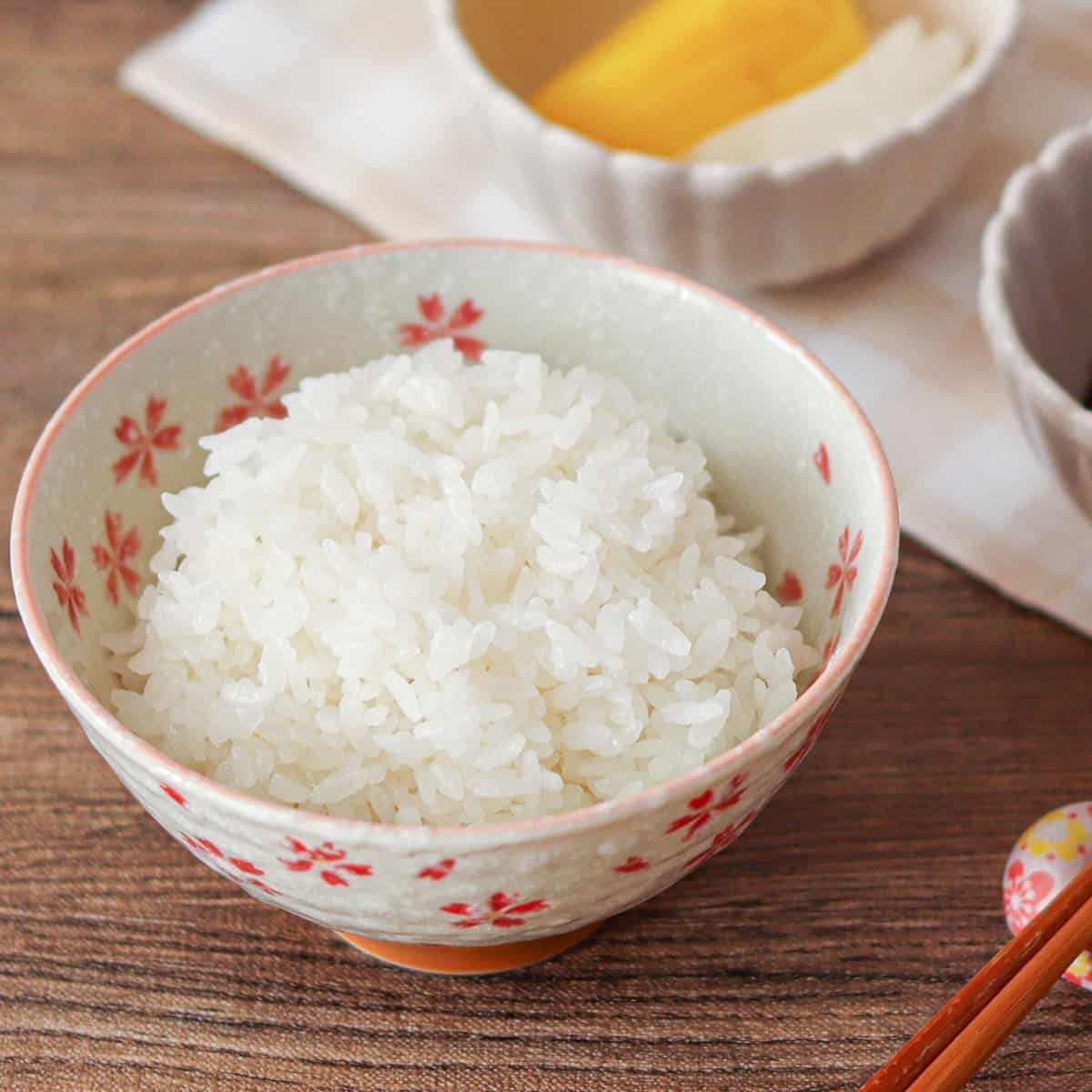
📋Step-by-step recipe
Ingredients
- ¾ cup Japanese short-grain rice (1 rice cooker cup for 2 servings)
- ⅚ cup water
Japanese rice cooks well with a water-to-rice ratio of 1:1.1 (or 1:1.2) by volume, and a ratio of 1:1.3 (or 1:1.4) by weight.
Instructions
🕒 Total: 55 mins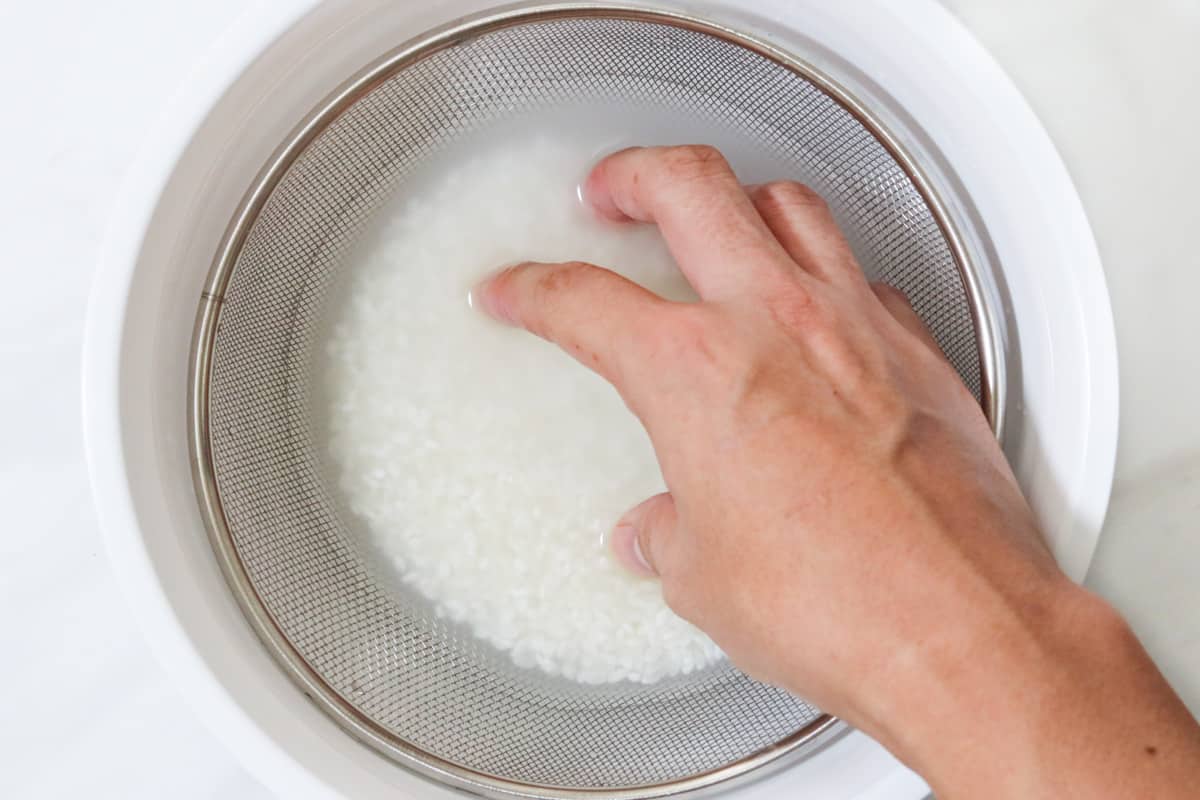
Step 1
Place a sieve over a bowl, add rice, and rinse it with water (not included in the recipe). Repeat this process several times, changing the water each time.
If you would like to learn more about how to rinse rice perfectly, please refer to the 'Ultimate Tips on How to Make' section below first.
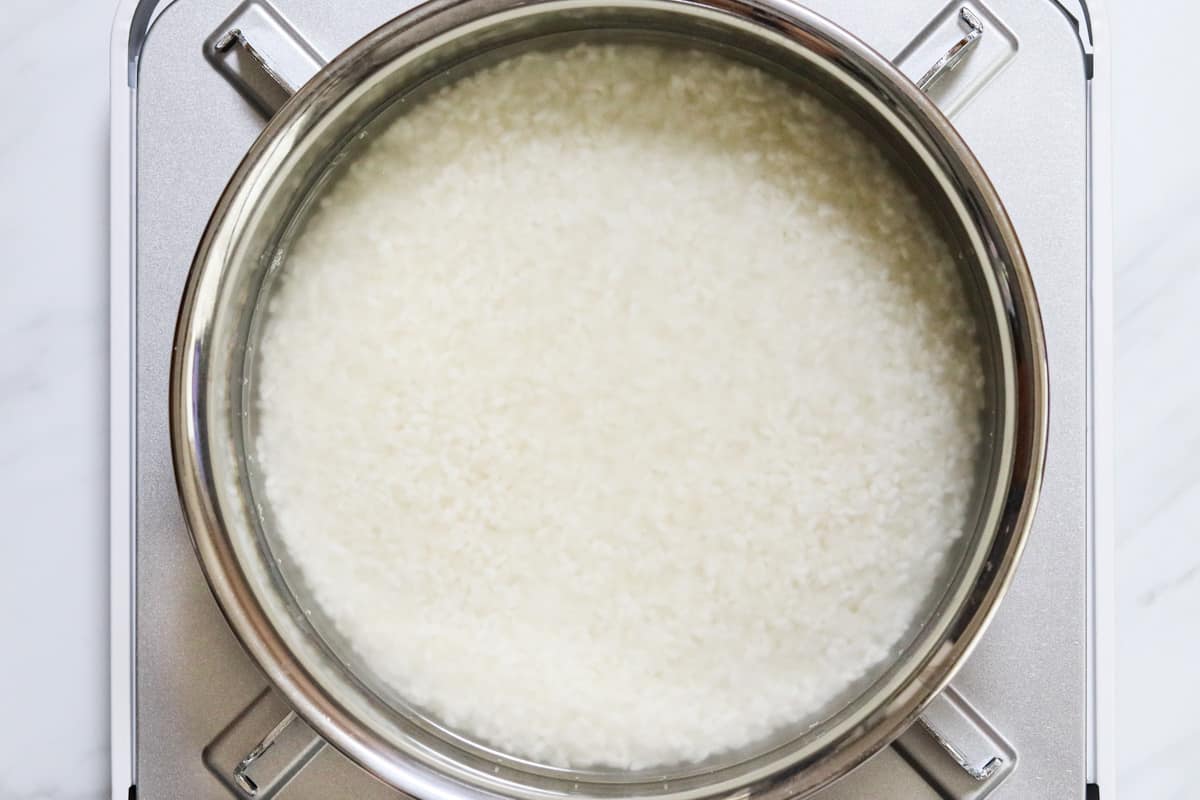
Step 2
Soak the rinsed rice in water (as specified in the recipe) in a pot for at least 30 minutes.
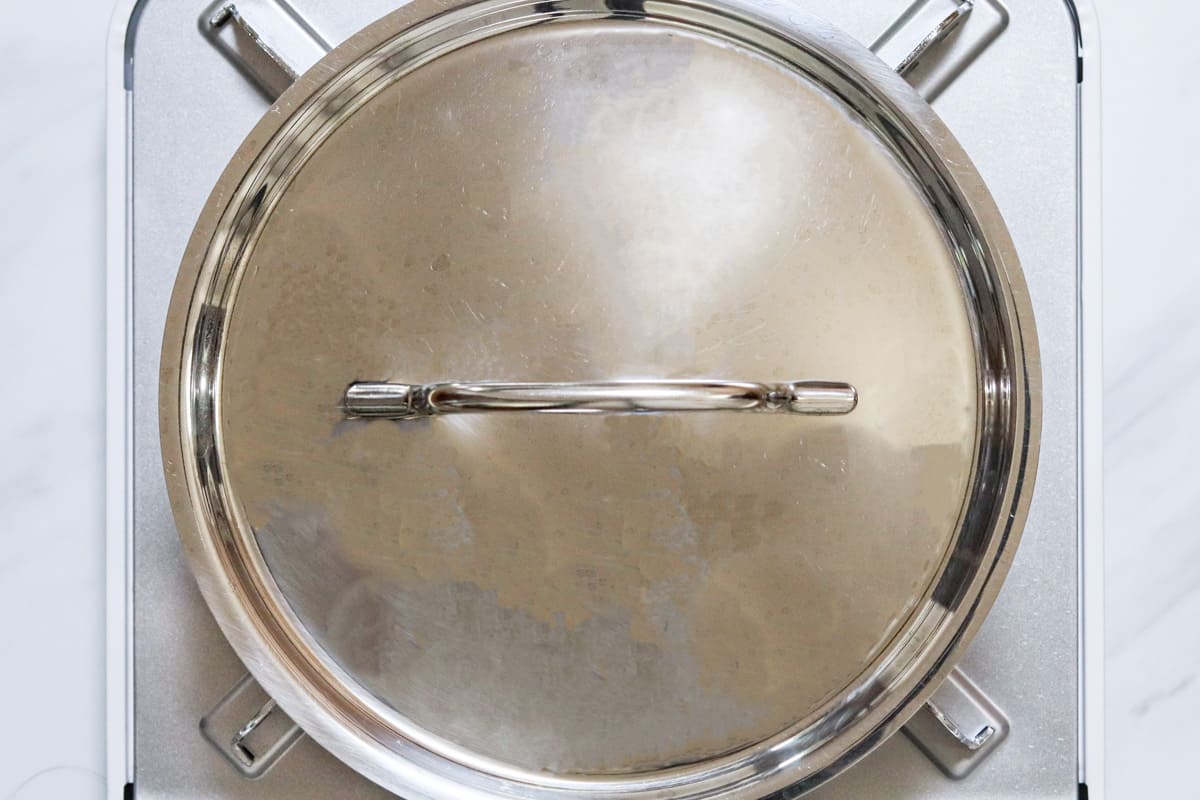
Step 3
Cover the pot and bring it to a boil. Once boiling, reduce the heat to low and continue cooking for 10 minutes, or slightly longer for larger quantities (11 minutes for 4 servings, 12 minutes for 6 servings).
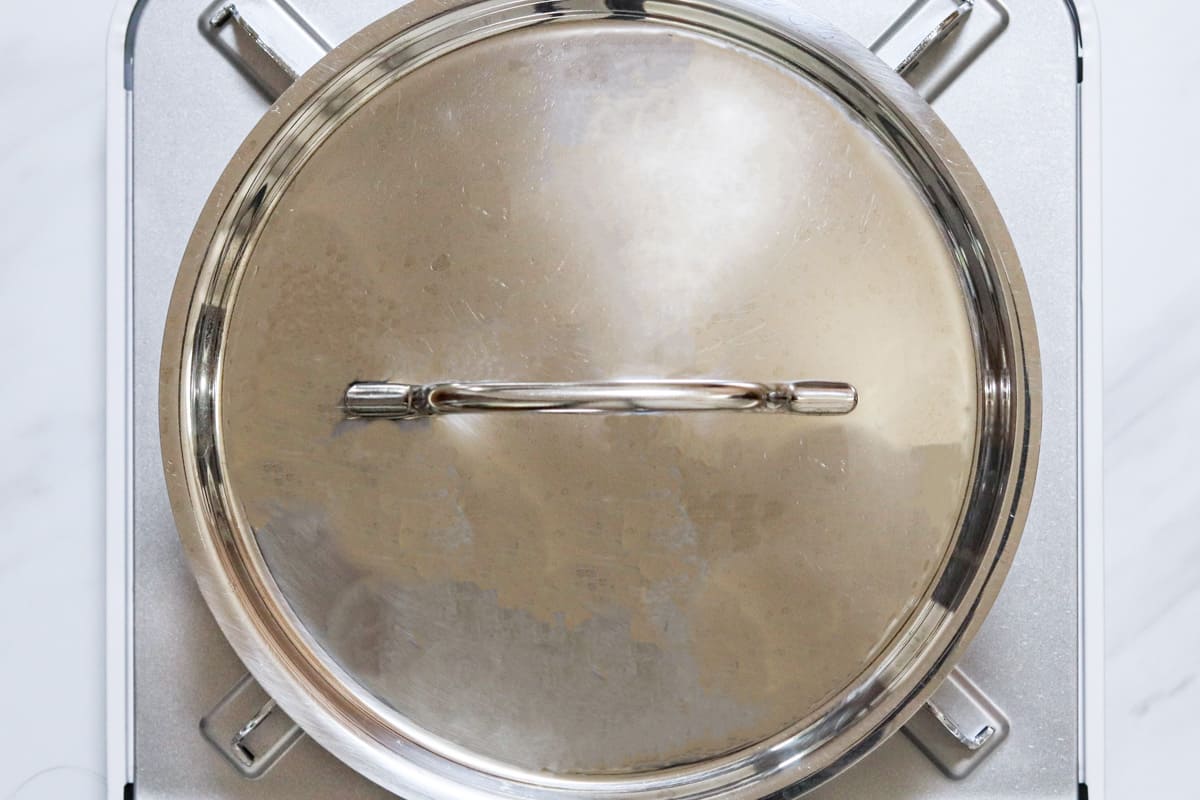
Step 4
Turn off the heat and let it steam for 10 minutes with the lid still on.
To store
You can store it in the refrigerator for up to 3 days. However, it is best to consume it as soon as possible after cooking to enjoy its optimal texture.
Ultimate tips on how to make
You can cook Japanese rice by following the recipe, but there is an even more delicious way to prepare it. What I'm about to share is a method based on "Hachidaime Gihey (八代目儀兵衛)," a renowned rice restaurant in Japan known for its long lines of customers.
I believe this is one of the best ways to cook Japanese rice. It contains information that even many Japanese people might not be familiar with, so I encourage everyone, including those experienced in rice cooking, to take a closer look.
- Rice should be rinsed gently to prevent it from cracking. For the first rinse, lightly stir it a few times. For the second rinse, grasp and release the rice as if you were holding a small rubber ball, and repeat this motion 30 times. From the third rinse onward, lightly stir it a few times.
- The first batch of water used to rinse rice should be discarded immediately. The initial water used to rinse rice contains a lot of impurities from the rice, and if the rice is left soaking in that water for a long time, it will absorb the impurities, resulting in a loss of flavor.
- Avoid rinsing rice more than necessary. When rice is rinsed, the water becomes cloudy, which is due to the starch in the rice. Starch contributes to making rice taste sweet in the mouth. If you rinse rice too many times, not only starch but also minerals, vitamins, and enzymes contained in the rice will be lost.
Rinsing rice a total of 5 times is sufficient: lightly stir it, gently rinse it as if you were grasping and releasing a small rubber ball 30 times, lightly stir it again, and repeat this process two more times. - Soak the rinsed rice in water for at least 6 hours in the refrigerator. While soaking the rice in water for over 30 minutes allows the water to penetrate the core, extending the soaking time to more than 6 hours enables the rice to absorb even more water. Cooking rice with a higher water content results in a fluffier texture.
The reason for refrigerating is that lower temperatures facilitate the absorption of water into the rice. - Use soft water. Water with a hardness level of 20-40 is preferable for cooking rice, as it results in fluffier and sweeter rice. However, this preference is for those who strive to cook perfect rice. There is no need to be overly concerned about it for your daily meals.
If you try this recipe, I’d love to hear what you think. Please consider leaving a review and star rating in the comments below. If you enjoyed it, I’d really appreciate it if you shared it with your friends.
Recipe card

How to Cook Perfect Japanese Rice on the Stove
Ingredients
- ¾ cup Japanese short-grain rice (1 rice cooker cup for 2 servings)
- ⅚ cup water
Instructions
- Place a sieve over a bowl, add rice, and rinse it with water (not included in the recipe). Repeat this process several times, changing the water each time.If you would like to learn more about how to rinse rice perfectly, please refer to the 'Ultimate Tips on How to Make' section above first.
- Soak the rinsed rice in water (as specified in the recipe) in a pot for at least 30 minutes.
- Cover the pot and bring it to a boil. Once boiling, reduce the heat to low and continue cooking for 10 minutes, or slightly longer for larger quantities (11 minutes for 4 servings, 12 minutes for 6 servings).
- Turn off the heat and let it steam for 10 minutes with the lid still on.
Notes
- Japanese rice cooks well with a water-to-rice ratio of 1:1.1 (or 1:1.2) by volume, and a ratio of 1:1.3 (or 1:1.4) by weight.
- You can store it in the refrigerator for up to 3 days. However, it is best to consume it as soon as possible after cooking to enjoy its optimal texture.

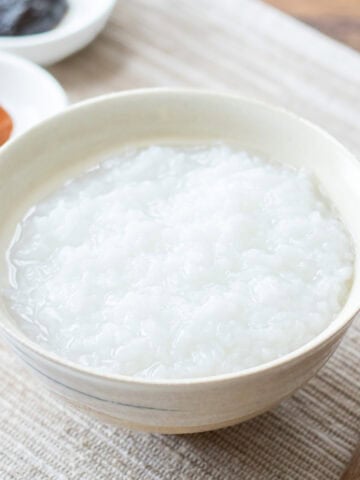
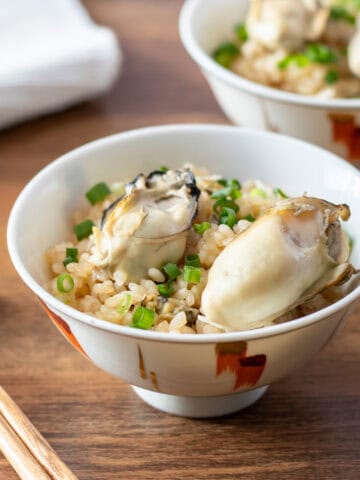
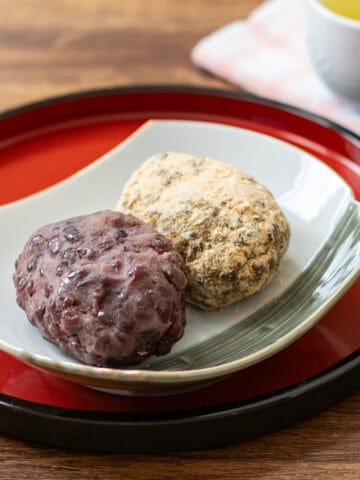
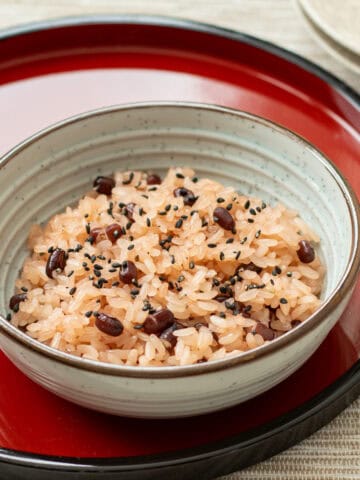
Leave a Rating and a Comment